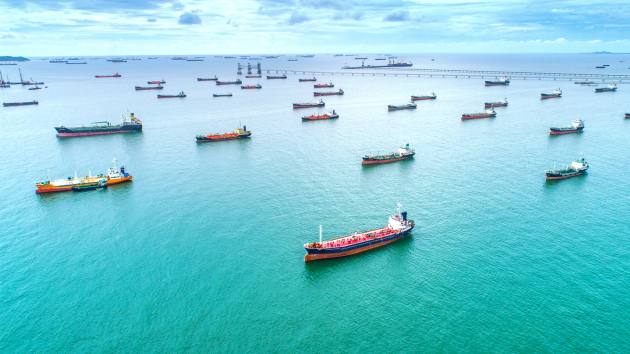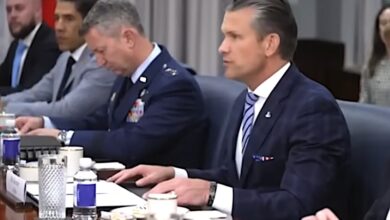Executive Order overhauls Merchant Marine, expands vet opportunities

President Donald Trump signed an executive order on March 4 to aid the transition of active-duty service members and military veterans into the United States Merchant Marine. The order is called “Supporting the Transition of Active Duty Service Members and Military Veterans into the Merchant Marine.”
The service is essential to the nation’s security both in peacetime and particularly in war. The Merchant Marine had a higher fatality rate than the general armed services in WWII.
Peter Navarro, assistant to the president and director of the Office of Trade and Manufacturing Policy, told reporters in a conference call before the signing that one of the broad themes behind the order relates to the national security strategy of 2017—where economic security is national security.
The executive order has two clear benefits, according to Navarro.
The first is that it makes it easier for sea service veterans to find skill-specific jobs by waiving government-issued licensing fees. The second is that it credits military training in the National Maritime Center credentialing system. Navarro said these benefits incentivize experienced seaman to enter the Merchant Marine, sometimes referred to as the nation’s “fourth arm of defense.”
“Trump will always have the backs of veterans from their days in uniform to their years in the civilian workforce,” he said. “We’re working on many fronts to make sure that our veterans and their spouses are able to seamlessly transition into the civilian workforce in a way which provides them with good-paying jobs that benefit themselves and this country.”
The Merchant Marine includes civilian men and women who pilot and carry imports and exports during peacetime periods. During wartime conflicts, the mariners transport military goods such as tanks, helicopters, or even troops—often in hostile waters and at great personal risk. Navarro warned that the United States currently faces a shortfall of merchant mariners “that may have serious national security implications.”
The number of merchant mariners with unlimited ocean-going credentials who have sailed in the last 18 months have dropped below 12,000. According to estimates from the U.S. Department of Transportation, if the United States at this point entered into a large scale conflict that required military mobilization, the nation would likely fall short of the number of mariners needed to sustain contingency operations.
“In other words, after just six months, the most powerful country in the world could find itself challenged to supply its overseas military personnel,” Navarro said.
In World War II alone, nearly 10,000 merchant mariners were killed by enemy fire; their casualty rate was higher than any other branch of the U.S. military. Navarro said their “willingness to serve and their sacrifice continue to play a vital role in our national defense.”
Navarro said average water transportation workers earn $65,720 per year, which is above the national occupational average of $50,620. He added that workers in the Merchant Marine categories “routinely earn even more.”
It was coordinated through the Office of Trade and Manufacturing Policy, which worked closely with Ivanka Trump and the Department of Labor.







